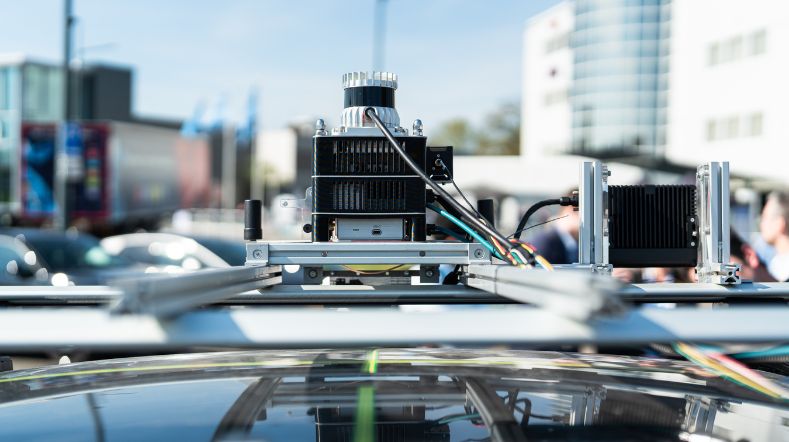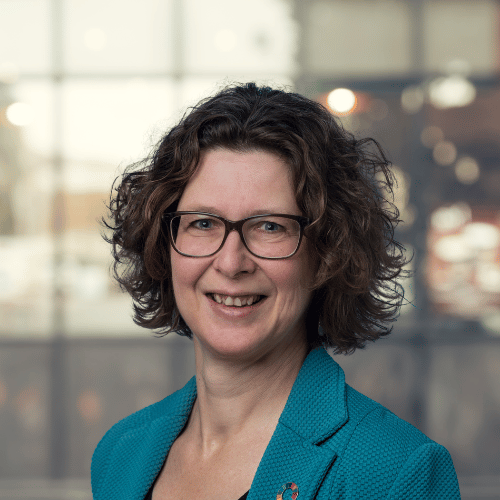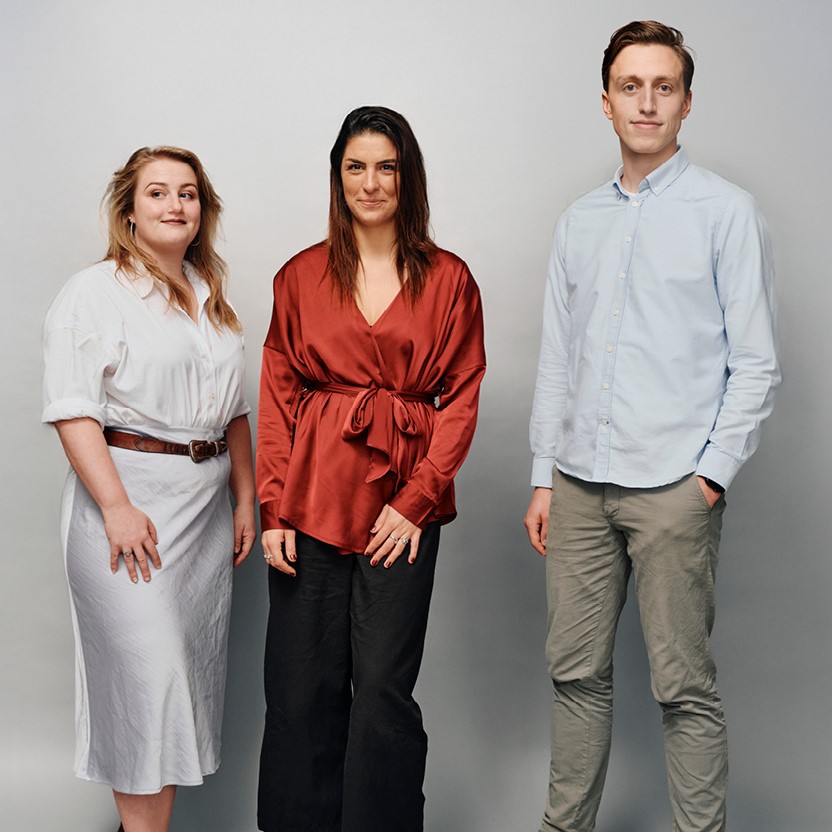
6x liveable cities with smart mobility
An estimated one million urban residents are added globally every week. By 2030, 60% of the global population will reside in urban areas (UN). This growth necessitates a different urban layout. How do you enhance liveability in the city? In this article, you read about cities who have implemented smart mobility solutions, partly with the involvement of TNO.
1. Smart City Singapore
Singapore is often regarded as the smartest city in the world. In 2014, Prime Minister Lee Hsien Loong launched the Smart Nation, an initiative by the Government of Singapore. This is a nationwide and whole-of-government effort to digitise Singapore’s policy processes and urban environment. In 2017, his initiative received a government injection of S $2.4 billion (US$1.73 billion) to drive the country's smart nation efforts and digital transformation. The goal? To create a city powered by digital innovation and technology that addresses the ever-changing needs of citizens. And they are making significant steps.
Autonomous vehicles for the elderly and students
12% of the space is allocated to transport infrastructure. Traffic and transportation need to be as efficient as possible. Sensor technology contributes to an autonomous fleet of vehicles used by the elderly and people with disabilities.
In 2019, students from the National University of Singapore were transported around the campus in a self-driving shuttle. The NU Smart Shuttle is fully electric and can carry up to 12 people. The driverless shuttle follows a predefined route and is equipped with a full range of sensors. This project was meant for data collection and has been ceased.
Electronic road pricing
The city-state has an electronic road pricing system that uses real-time traffic data to adjust toll rates and manage traffic congestion. Additionally, a transport optimisation trial reduced the number of overcrowded buses by 92% by tracking real-time data from over 5,000 vehicles.
TNO collaboration
In 2019 TNO started a partnership with the National University of Singapore (NUS) to address new urban mobility challenges. Ronnie van Munster, Regional Director Asia Pacific at TNO says: 'Singapore is in an advanced stage of development in terms of urban planning and mobility, especially regarding new mobility like autonomous vehicles and personal mobility devices. These insights are very valuable for understanding the impact on safety, efficiency, and sustainability in cities.' The Joint Innovation Programme enables close collaboration between the Netherlands and Singapore, helping Smart Nation Singapore stay at the forefront of smart urban mobility. These learnings assist TNO in tackling major mobility issues in the Netherlands.
Singapore is also testing various scenarios regarding the safety of autonomous vehicles using TNO's advanced StreetWise methodology, a virtual simulation that optimally mimics real driving conditions.
Additionally, Singapore aimed to electrify buses to reduce air pollution and CO2 emissions and approached TNO. Bart Vuijk, Senior Business Developer Mobility at TNO explains: 'This time, the request for assistance came from the Singaporean government, not a market party. The Singaporean government owns 6,000 buses, which need to be fully electrified by 2040.' The question for TNO was: Build a platform to analyse and compare different strategic future scenarios.
Mobility-as-a-Service also plays a role in making a city smarter, more liveable, and more sustainable. But how can it be optimally utilised? In a study commissioned by the Ministry of Infrastructure and Water Management from the Netherlands, TNO researched Mobility-as-a-Service policies in cities like Paris, Los Angeles, and Singapore.
The research showed that countries are increasingly moving towards a public-private model to maintain control over societal objectives. The advice? Close government involvement, with a focus on monitoring, so that Mobility-as-a-Service doesn't become an end in itself, but a means to elevate liveable cities and sustainable mobility.

'Singapore is in an advanced stage of development in terms of urban planning and mobility, especially in new mobility like autonomous vehicles and personal mobility devices.'
2. Eindhoven: resident participation with Woensel-Noord Digital Twin
How do you involve residents in the impact of changes to a neighbourhood? In the Woensel-Noord district of Eindhoven, there's a plan to build 2,500 new homes on the site of the WoenselXL-shopping center which is partially close to two adjacent roads where there is extensive car and freight traffic. The streets around the shopping center are characterised by relatively high traffic volumes, according to the municipality.
How do we reduce car usage?
The Municipality of Eindhoven wanted to know the effects of parking policies, rates, and public transport policies/rates on reducing car usage. In collaboration with the Municipality of Eindhoven and Brainport Eindhoven, TNO used the 'digital twinning' technology in a participatory process/co-creation for the first time.
The TNO-developed Urban Strategy-platform (now: spin-off Scenexus) created a predictive Digital Twin. During a workshop where the Municipality of Eindhoven presented an initial version of a new environmental vision for the Woensel-Noord area to residents, the Urban Strategy was used to clearly map the situation and its impact.
The platform analyses the comprehensive effects of these measures on traffic, air quality, and noise within minutes. This enables traffic engineering interventions, urban expansion, and addition of facilities. In this case, the following parts of the Urban Strategy platform were applied: Demand (transport demand), Modal shift (reassessment of modes), Traffic (traffic distribution), Traffic indicators (road traffic indicators), Air (air quality), and Noise.
The results were surprisingly positive. Residents could share their views and gain insight into the effects of the intended plans from the environmental vision for the neighborhood in terms of accessibility and connectivity.
This is a great example of how the Urban Strategy platform provides insight by simulating various scenarios from environmental plans. It helps city experts, policymakers, and professional stakeholders to collaborate with residents to devise plans. The tool allows residents to contribute to proposed environmental plans.
3. Freight traffic in Delhi
A traffic fatality every four minutes
The Delhi region, including the Indian capital New Delhi and Old Delhi, is home to approximately 26.5 million people. Motorists often find themselves stuck in traffic for hours. According to statistics, a traffic fatality occurs every four minutes in Delhi. Almost half a million tons of traffic enter and exit the city daily, transported by nearly 70,000 trucks.
Goods transport accounts for 10 to 15 percent of total vehicle kilometers
A case study with Delft University of Technology (TU Delft) reveals that goods transport accounts for almost 10 to 15 percent of the total kilometers traveled by vehicles. Thus, the impact of urban freight transport on congestion and emissions needed further examination.
To support policy decisions, the Central Road Research Institute, Delft University of Technology, and TNO built a model to assess the impact of urban goods transport in Delhi. This model measures trip generation, trip distribution, modal shift, and trip assignment. By combining data on freight, fleet, and trip characteristics with socio-economic and land-use data, a four-stage model was implemented using Urban Strategy.
The model was applied to evaluate differences in transport policies, such as freight hubs and access restrictions. The outcome? Fleet renewal measures like vehicle age restrictions and electrification promise to be most effective in reducing congestion and emission levels.
4. Amsterdam: Mapping challenges in urban expansion
Platform economy is surging through the city
The city of Amsterdam has over 800,000 residents and annually welcomes 22 million tourists. Initially, the innovation policy of the Municipality of Amsterdam focused on anticipating new technologies and societal challenges. Meanwhile, the platform economy surged through the city, leading to issues like the impact of platforms like Airbnb. The municipality concluded that a more proactive approach was needed.
Insight and validation are crucial in this context. This is exactly what the strategic collaboration with TNO (since 2016) has achieved. The municipality now uses the Urban Strategy developed by TNO on a daily basis.
With Urban Strategy (now: spin-off Scenexus) , TNO creates Digital Twins that assist cities in planning new residential areas or infrastructure interventions like closing a bridge. If, for example, you add 24,000 homes, you can immediately see the impact on traffic flows and air quality. This allows you to take various measures in advance, such as offering different forms of mobility.
Insight into air quality and accessibility; also congestion, energy, and mobility poverty.
Peter van Oorschot, Senior Business Developer at TNO, explains: "The models of Urban Strategy show the interconnection between policy areas like energy and mobility. This provides policymakers with insight into traditional criteria like air quality and accessibility, as well as current topics like congestion, energy, and mobility poverty. In Amsterdam, Urban Strategy has truly become a cross-domain platform for innovation within the city, constantly adding new policy domains through collaboration."

'In Amsterdam, Urban Strategy has truly become a cross-domain platform for innovation within the city, constantly adding new policy domains through collaboration.'
5. 15-Minute City: Paris's Ville du Quart d'Heure
Reducing emissions
Another city that serves as an inspiration for many, is Paris. A 15-minute city is one where all essential amenities are within a 15-minute walk or bike ride. Whether you live in the city center or another neighbourhood, each area fulfills six societal functions: living, working, supplying, caring, learning, and enjoying. Essential amenities include work, shops, healthcare, schools, cultural facilities, sports and leisure, and parks. By reducing dependence on vehicles, fossil fuel usage air pollution can be decreased. This improves human and planetary health and the liveability of the city.
66% of public space for cars
In Paris, 66% of public space was allocated to cars. However, individual cars transport only 17% of the population. Since taking office in 2014, Mayor Anne Hidalgo decided that this needed to change. She previously banned car traffic along parts of the Seine and in February 2020, announced her intention to transform Paris - a city with 2.2 million inhabitants - into a 'ville du quart d'heure', or a 15-minute city.
Carlos Moreno, the creator of the 15-minute city concept, sees a crucial role for digital technology. Smart cities are becoming more and more necessary for enhancing liveability.
Due to Anne Hidalgo's policies, the banks of the Seine have already been turned into pedestrian areas, and hundreds of kilometers of bike paths have been built. There are also plans to make the areas around the Arc de Triomphe and the city's largest public square, Place de la Concorde, car-free and 'green'. Hidalgo has approved a $250 million plan to turn the Champs-Élysées into a ‘beautiful garden’ and limit access for polluting cars.
2024 Olympics: the first climate-positive games
The 2024 Olympic Games will be held in Paris. These are planned to be the first climate-positive games, with 100% renewable electricity, sustainable construction, sustainable food, and a goal to achieve less than half the emissions of previous games. Even the cleaning of the Seine has been accelerated, enabling Olympic events to take place in open water in the river. Authorities have committed to allowing swimming in the Seine again by 2025: just over 100 years after it was prohibited in 1923.
6. Car-free Utrecht
Merwede: Europe's largest car-free Ddstrict
In the heart of Utrecht, the largest car-free district in Europe is being built: Merwede. The district features meeting places instead of parking spaces, abundant greenery, and winding bike and walking paths. The first homes are expected to be completed in 2025. The district's 10,000 residents need to remain easily accessible. How do you achieve that?
Sustainability and shared transport
Sustainability and shared transport are the norms in this district. The district will be connected to the city by new bike routes. There will be 25,000 bike parking spaces, and visitors arriving by car have to park in a garage on the outskirts of the city. Additionally, a mobility company will be established to facilitate electric shared transport, among other services. Another noteworthy example of a district where residents have relinquished car ownership is Schoonschip Amsterdam.
Sources: United Nations, TU Delft, The new European
Get inspired
How is YER award winner Chris van der Ploeg doing?
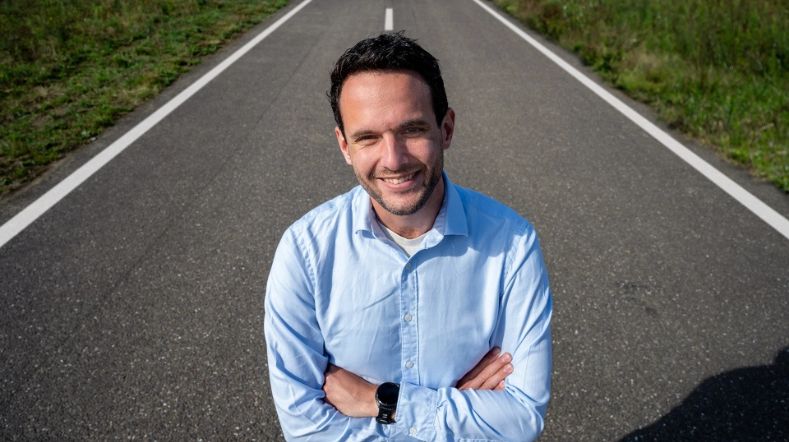

TNO launches Motion Comfort Institute for automated vehicle era
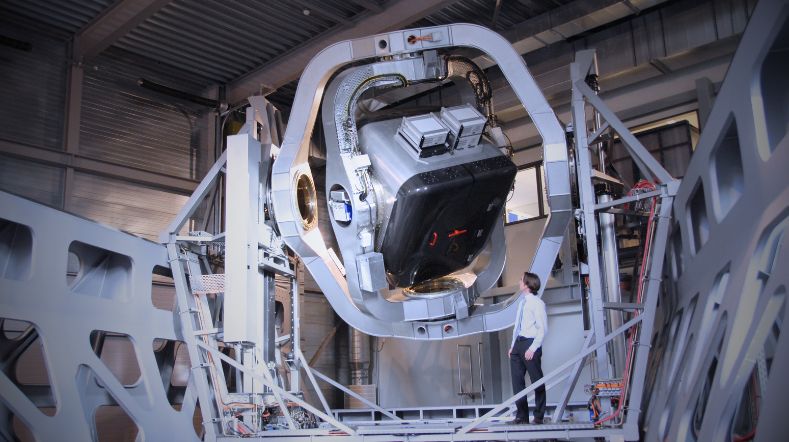

Smarter and faster construction: TNO helps Eindhoven Metropolitan Region with historic leap of scale
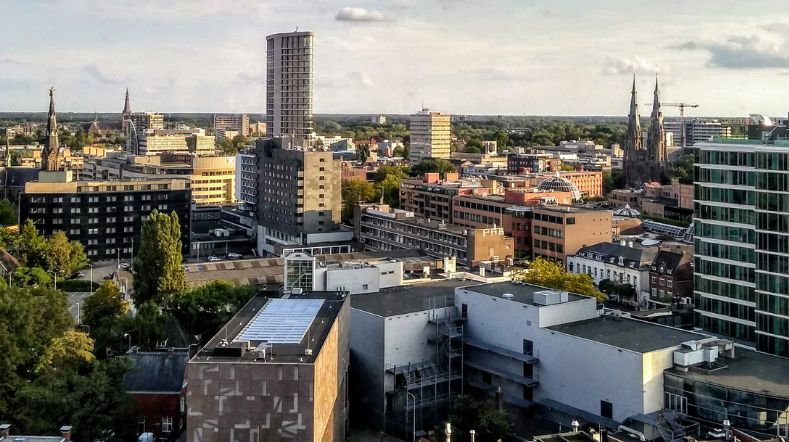

Releasing autonomous software faster with DeepScenario and TNO’s StreetWise
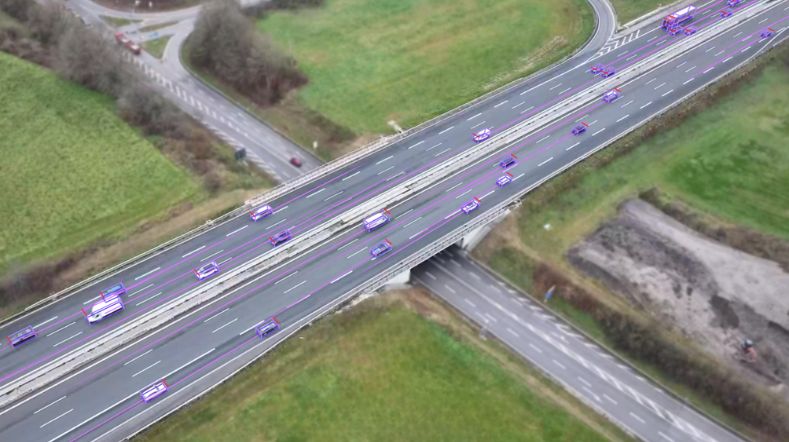

MARQ opens its doors: a place to collaborate on the mobility of the future
